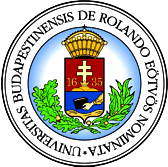
Eötvös Loránd University is a Hungarian public research university based in Budapest. Founded in 1635, ELTE is one of the largest and most prestigious public higher education institutions in Hungary. The 28,000 students at ELTE are organized into nine faculties, and into research institutes located throughout Budapest and on the scenic banks of the Danube. ELTE is affiliated with 5 Nobel laureates, as well as winners of the Wolf Prize, Fulkerson Prize and Abel Prize, the latest of which was Abel Prize winner László Lovász in 2021.

Szalmatercs is a village in Nógrád county, Hungary.
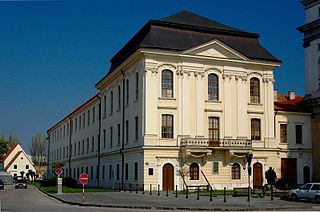
The University of Trnava (in Trnava) (Slovak: Trnavská univerzita v Trnave) is based in Trnava, in the west of Slovakia. The university's presence in the town has historical antecedents as the University of Nagyszombat was operating there throughout the 17th and 18th century (present day Eötvös Loránd University in Budapest).
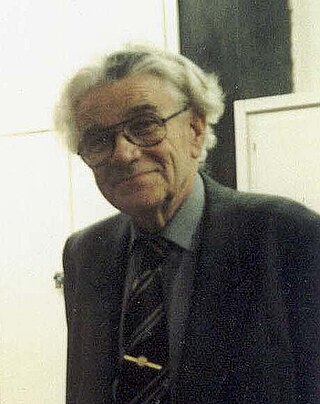
Dr. László Kákosy was a Hungarian Egyptologist, a member of the Hungarian Academy of Sciences. He is one of the most esteemed Hungarian egyptologists and was the author and translator of several books and publications.

The Battle of Hermannstadt, also known as the Battle of Sibiu or the Battle of Szeben, was fought between the army of the Hungarian Kingdom and the Ottoman Empire on March 18 and March 22, 1442, near Marosszentimre and Hermannstadt (Szeben), modern Sântimbru and Sibiu, Romania. The Hungarian forces were commanded by John Hunyadi. Hermannstadt was Hunyadi's third victory over the Ottomans after the relief of Smederevo in 1437 and the defeat of Ishak Beg midway between Semendria and Belgrade in 1441.
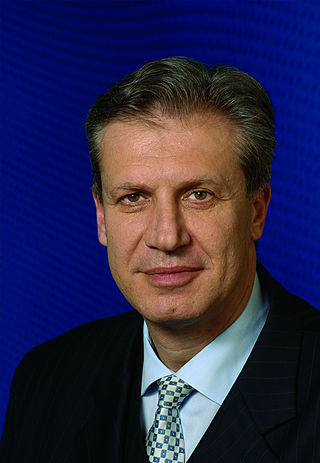
Bálint Magyar is a Hungarian politician, who served as Minister of Education between 1996–1998 and between 2002–2006. He was a founding member of the Alliance of Free Democrats.
Gábor Vékony was a Hungarian historian, archaeologist and linguist, associate professor at Faculty of Humanities of the Eötvös Loránd University, Candidate of Sciences in History. He was an expert of the rovás scripts and a researcher of Hungarian prehistory.

István Stumpf is a Hungarian lawyer, political scientist, sociologist, university professor, political science PhD, former constitutional justice at the Constitutional Court of Hungary. From 1991 to 1994 he was the youth policy adviser to the president of Hungary, Árpád Göncz. He also served as minister of the Prime Minister's Office from 1998 - 2002 in the first cabinet of Viktor Orbán. In the beginning of 2021 February he was appointed for a term of 2 years as government commissioner responsible for model change of universities.
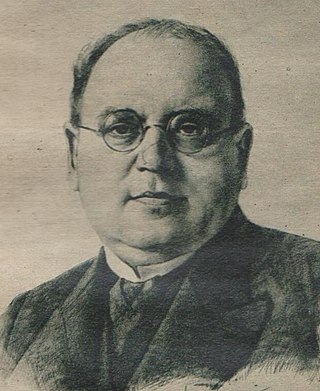
Gyula Kornis was a Hungarian Piarist, philosopher, educator, professor and politician, who served as Speaker of the House of Representatives for a short time in 1938.
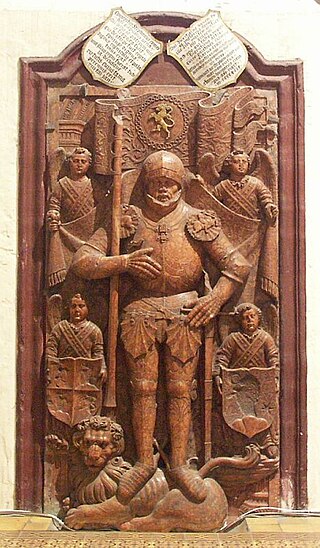
Stephen Zápolya, was Palatine of the Kingdom of Hungary between 1492 and 1499.
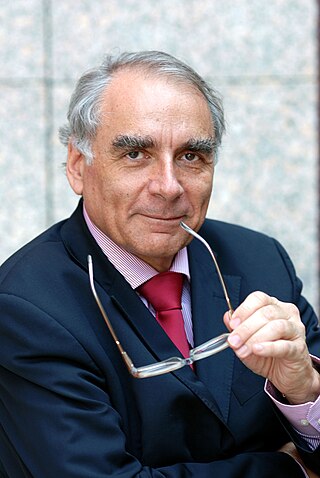
Tibor Frank was a Hungarian historian who was professor of history at the School of English and American Studies of the Faculty of Humanities of the Eötvös Loránd University (ELTE). He was director of its School of English and American Studies. From 2013 he was corresponding member of the Hungarian Academy of Sciences (MTA), as of 2019 he was a full member.

István Kniezsa was a Hungarian linguist and Slavist, corresponding (1939) and regular (1947) member of the Hungarian Academy of Sciences. He was one of the most significant figures in Hungarian language historical research in the 20th century, achieving significant scientific results in the study of place and personal names in the Carpathian Basin, in researching the medieval state and writing practice of the Hungarian language, as well as in the exploration of foreign words of Slavic origin. His major contribution was to the research of Slavic loanwords in the Hungarian language and toponymy. He was awarded by Kossuth Prize in 1953.

Géza Pálffy is a Hungarian historian, full (university) professor. He has long been active in research of the relationship between the Habsburg monarchy and Kingdom of Hungary in the 16–17th centuries. He works as a scientist both in Hungary and around the world, and has published in several languages: English, German, Slovak, Croatian, Romanian, French, Russian, Italian, Czech, Turkish and Hungarian.
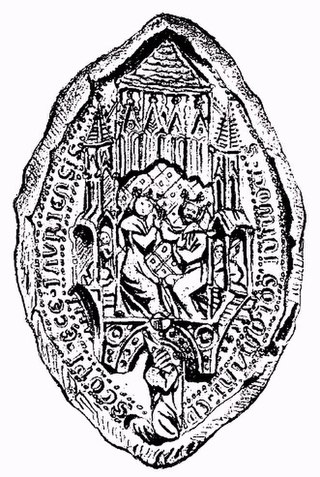
Coloman was a Hungarian prelate who served as bishop of Győr from 1337 to 1375. He was the illegitimate son of King Charles I of Hungary. He was imprisoned from 1353 to 1358/59 on suspicion of having conspired against Charles's successor Louis I, but subsequently released and allowed to continue in office.
Zoltán Szabó was a Hungarian botanist, geneticist, and professor. He was a full member of the Hungarian Academy of Sciences. His work covered many areas of botany, including plant taxonomy, plant morphology and anatomy, plant geography and floristics, agrobotany and mycology, but he achieved his most significant results in genetic research. Szabó edited the exsiccata Plantae imperii Hungarici. In the taxonomic literature his name abbreviation is "Szabó".

The Faculty of Humanities is the oldest faculty of Eötvös Loránd University in Józsefváros, Budapest, Hungary. It was founded by the Cardinal Archbishop of Esztergom Prince Primate of Hungary, Péter Pázmány, in 1635.
Arthur John Patterson was a British academic and member of the Hungarian Academy of Sciences. He was an academic at the Faculty of Humanities of the Eötvös Loránd University.
Tibor Lutter was a Hungarian academic and literary scholar.

Antal Molnár is a Hungarian historian and ecclesiastical historian specialising in the history of the Ottoman Hungary and the Balkans in the 16th and 17th centuries. He is a member of the Pontifical Committee for Historical Sciences.
Zoltán Tefner is a Hungarian historian and Germanist, a university lecturer and an associate professor at Corvinus University of Budapest. He is also a member of the European Academy of Sciences and Arts.
















